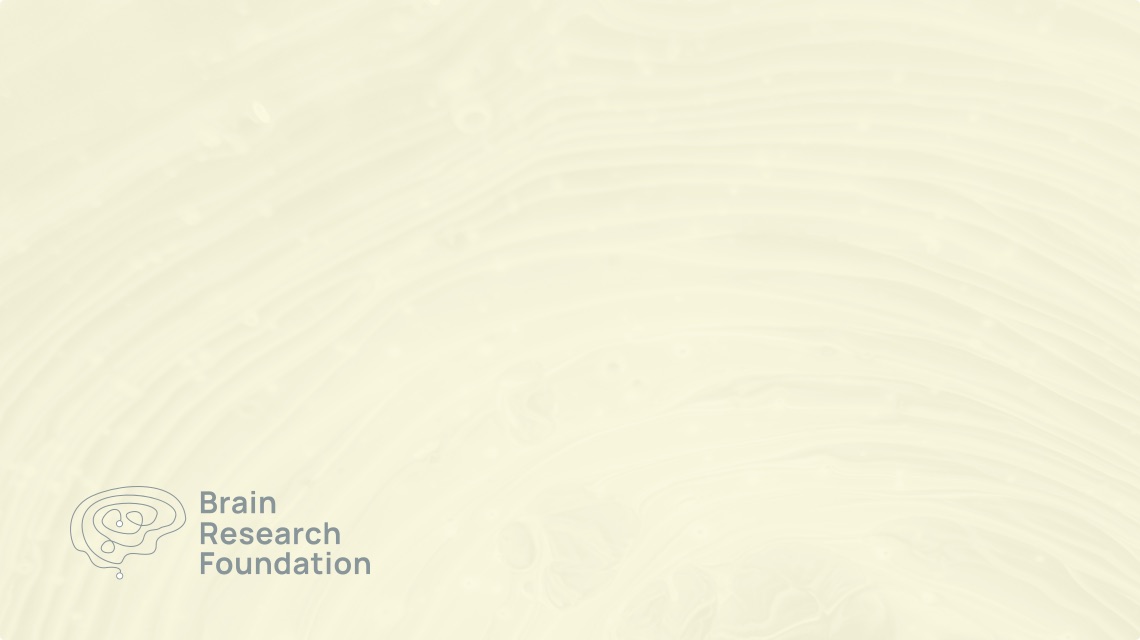2021 Seed Grant
Stephen W. Flavell, Ph.D.
MIT
As animals navigate their environments, they construct internal models of the external sensory world and use these models to guide their behavior. This ability to incorporate ongoing sensory stimuli into active neural representations of the external world is a fundamental building block of intelligence, as it allows animals to accumulate and weigh sensory evidence, hold information in short-term memory, and make inferences. The mechanisms in the brain that allow for accumulation and storage of sensory information remain poorly understood. However, one potential mechanism is that certain neural circuits can act as “neural integrators”: they display sustained and tunable changes in their activity in response to transient inputs. These circuits may allow animals to accumulate and store sensory evidence as stable activity patterns. While studies across diverse organisms have indeed shown that neural integrator circuits are present in many brain regions, the mechanisms that underlie their function in the intact brain remain mysterious. In this project, Dr. Flavell’s laboratory developed a paradigm where neural integrator circuits can be studied in the roundworm C. elegans. This experimental system is attractive for these studies because the C. elegans nervous system is extremely simple and well-defined, consisting of just 302 neurons connected through a fully-defined wiring diagram. Thus, it is feasible to fully dissect how neural circuits work in this organism. Dr. Flavell’s lab will use a paradigm where C. elegans animals stably accumulate and store information about sensory cues in their environment as they forage for food. Their objectives are to (1) determine exactly where and how this sensory information is stored, (2) examine how this broadly impacts processing of other sensory cues, and (3) expand our studies to complex, multi-modal sensory environments where C. elegans animals might need to accumulate and store more complex information. Overall, this work will provide fundamental insights into how neural circuits can stably accumulate and store sensory information so that animals can maintain up-to-date internal models of their external sensory environments.



